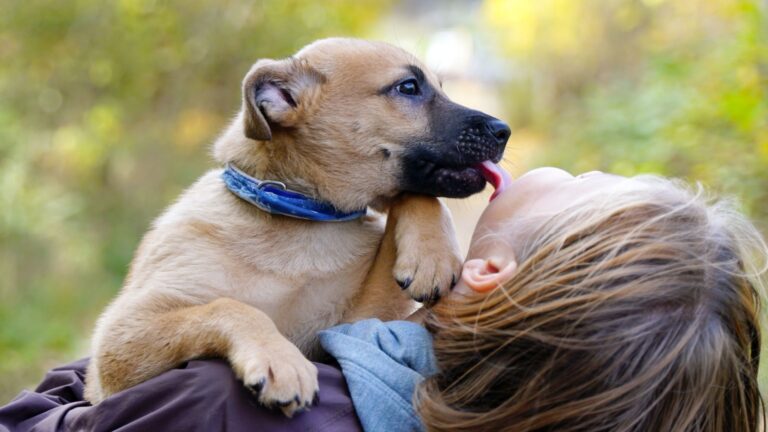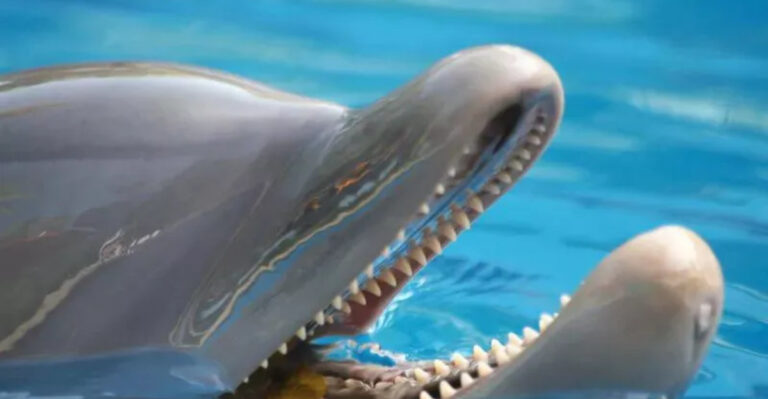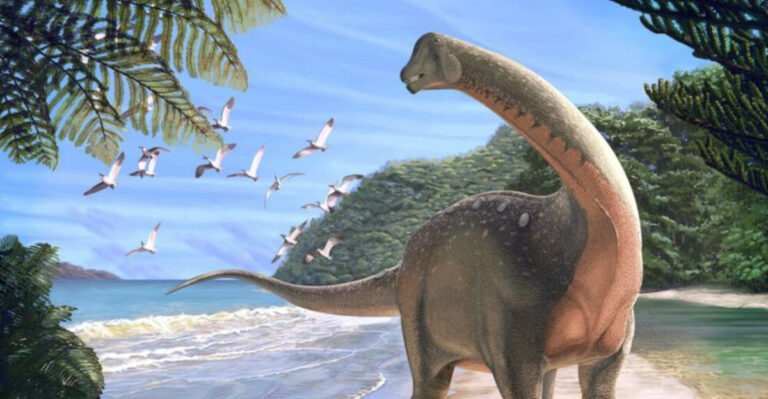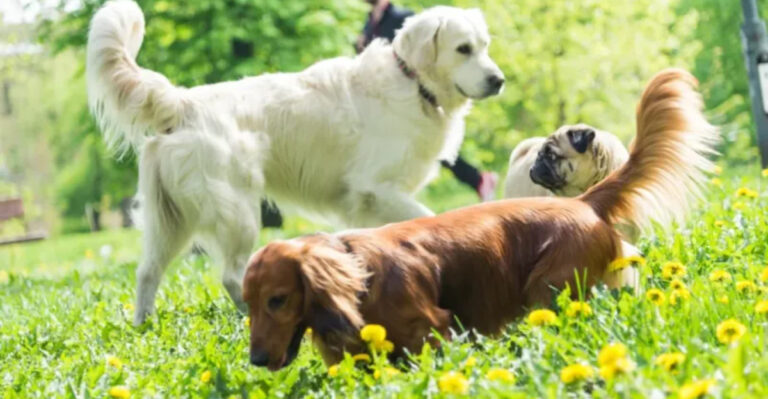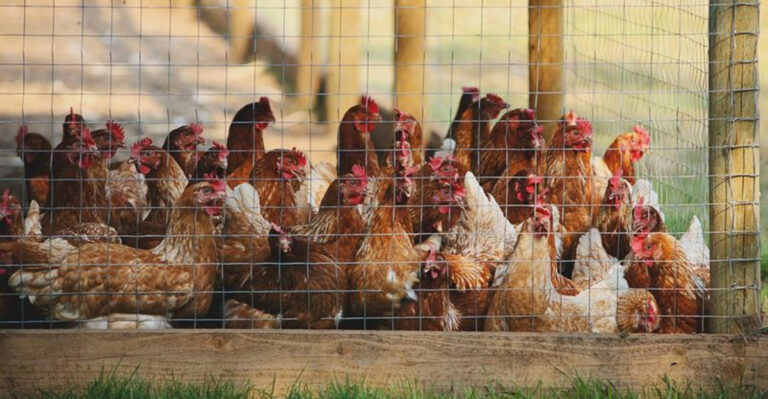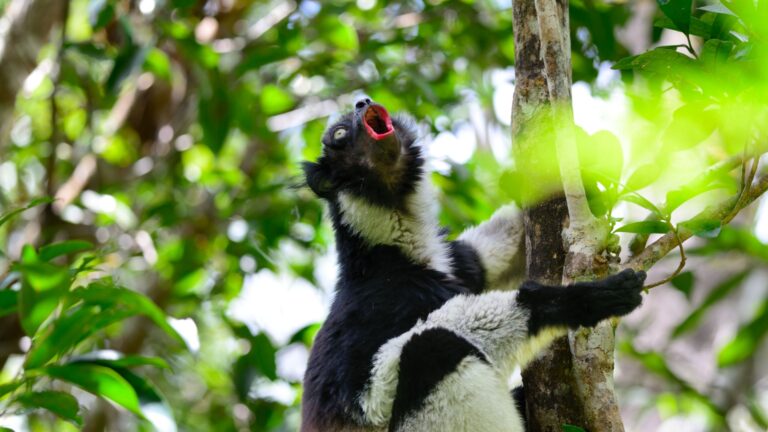Bisons: The Timeless Icons Of Yellowstone
Standing tall against the sweeping Yellowstone landscape, bison have become living symbols of America’s wild heritage. These massive creatures, once on the brink of extinction, now roam freely across the park’s vast meadows and valleys.
Their story intertwines with the history of conservation itself, offering visitors a glimpse into both America’s past and its commitment to preserving natural treasures.
1. Massive Survivors
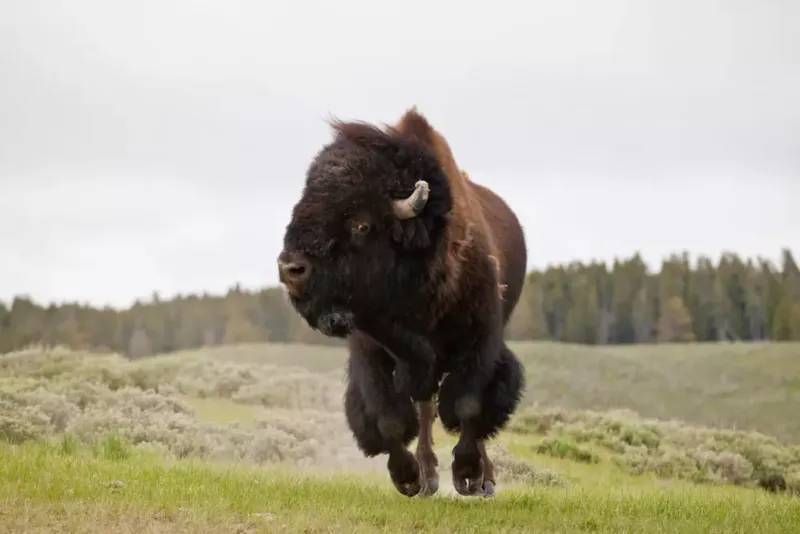
Tipping the scales at up to 2,000 pounds, these woolly giants are North America’s largest land mammals. Males (bulls) typically outweigh females (cows) by nearly 1,000 pounds!
Despite their enormous bulk, bison can sprint at speeds reaching 35 mph – faster than Olympic sprinters. Their surprising agility helps them escape predators and navigate Yellowstone’s challenging terrain.
2. Ancient Residents
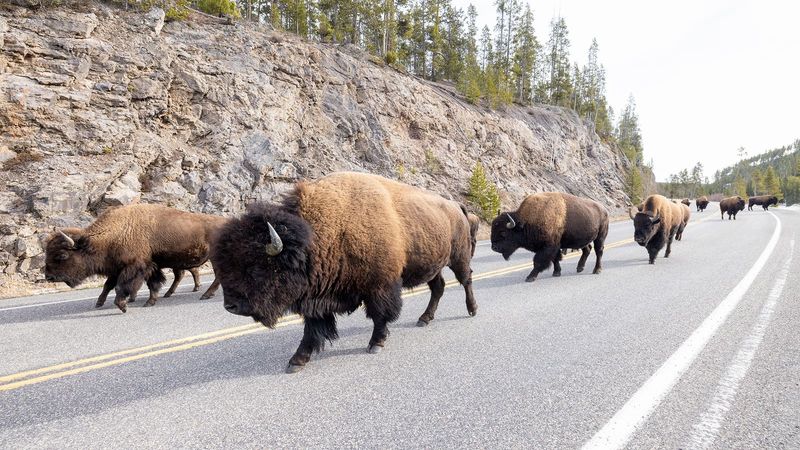
Roaming the continent for over 400,000 years, bison have outlasted mammoths and saber-toothed cats. Their ancestors crossed the Bering Land Bridge from Asia, evolving into the iconic animals we recognize today.
Archaeological evidence shows early Native Americans hunted a larger ancestor species that stood nearly 7 feet tall at the shoulder. Modern bison are slightly smaller but no less impressive.
3. Back From The Brink
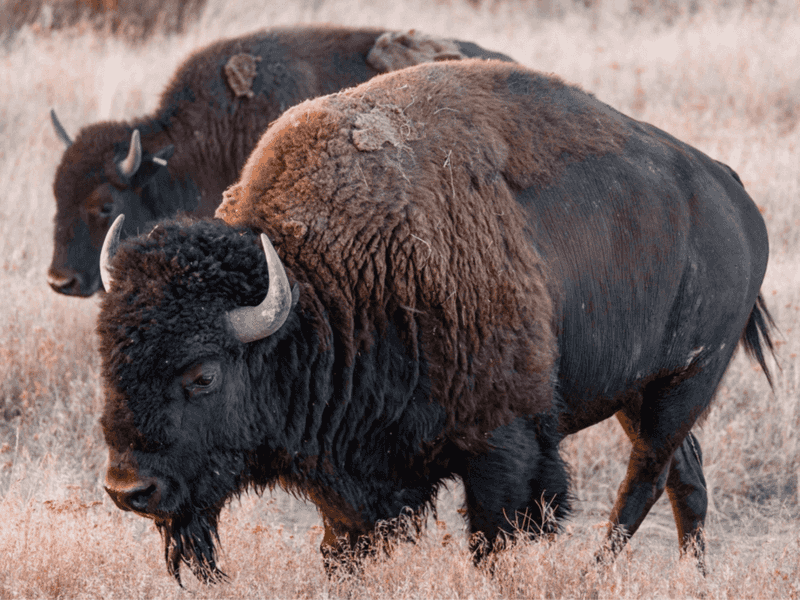
Would you believe these magnificent creatures almost disappeared forever? By 1902, only about two dozen wild bison remained in Yellowstone – the last wild herd in America.
Conservation efforts started with just 24 animals. Today, roughly 5,000 bison thrive in the park, representing one of wildlife conservation’s greatest comeback stories. Their recovery symbolizes hope for endangered species worldwide.
4. Winter Warriors
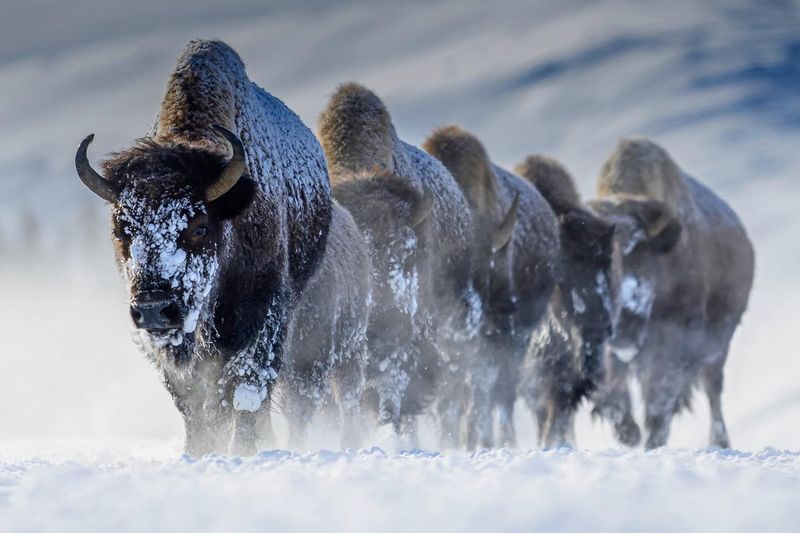
Forget hibernation! While bears snooze through winter, bison face Yellowstone’s brutal cold head-on. Their thick fur consists of hollow hairs that trap heat exceptionally well.
Using their massive heads as snowplows, they sweep aside snow to reach frozen grass beneath. Their muscular humps actually contain elongated vertebrae that support powerful neck muscles needed for this snow-clearing behavior.
5. Hot Spring Enthusiasts

Clever heat-seekers, bison gather around Yellowstone’s thermal features during frigid winters. The warm ground melts snow, exposing grass and creating natural feeding areas.
Rangers often spot bison with “frost beards” – ice crystals forming on their faces from their warm breath freezing in the cold air. This creates a striking contrast against steaming geysers and hot springs in the background.
6. Traffic Stoppers
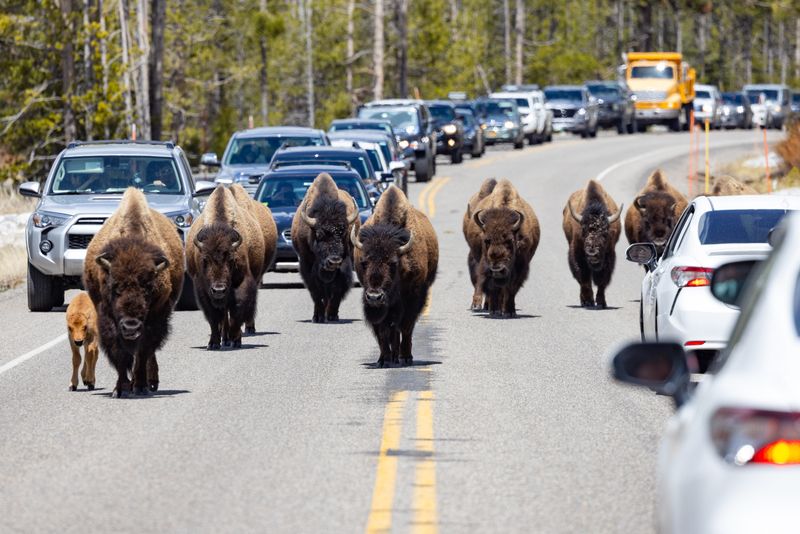
“Bison jams” rank among Yellowstone’s most common traffic delays. These stubborn beasts often claim roadways as their personal pathways, causing visitors to wait patiently while they amble across.
Park rangers advise staying at least 25 yards away from bison. Despite their seemingly calm demeanor, they’re wild animals that can charge with little warning when feeling threatened – a safety rule many tourists unfortunately ignore.
7. Wallowing Weirdos
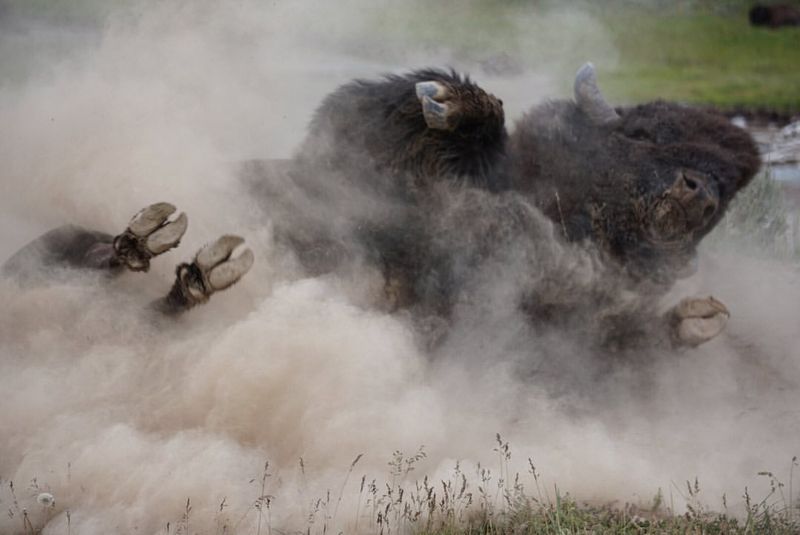
Ever seen a 2,000-pound animal roll around in dirt like an oversized puppy? Bison create shallow depressions called “wallows” where they roll vigorously, coating themselves in dust.
This peculiar behavior serves multiple purposes: it helps remove parasites, provides cooling relief in summer, and leaves behind distinctive landscape features. Some Yellowstone wallows have been used by generations of bison for over a century!
8. Thundering Herds

During mating season (called the rut), bulls bellow loudly and battle for dominance in spectacular showdowns. The ground literally trembles as these titans clash, their massive heads colliding with audible cracks.
Female bison form protective circles around calves when threatened. The synchronized movement of large herds creates a rumbling sound reminiscent of distant thunder – an unforgettable experience for lucky Yellowstone visitors.
9. Orange Babies

Nicknamed “red dogs,” newborn bison calves sport distinctive reddish-orange coats that stand out vividly against their chocolate-brown parents. This unusual coloration fades to the familiar dark brown within a few months.
Born ready for action, calves can stand within minutes and run with the herd within hours of birth – crucial skills for survival. Most births occur in April and May, adding adorable new attractions to Yellowstone’s spring landscape.
10. Volcanic Neighbors
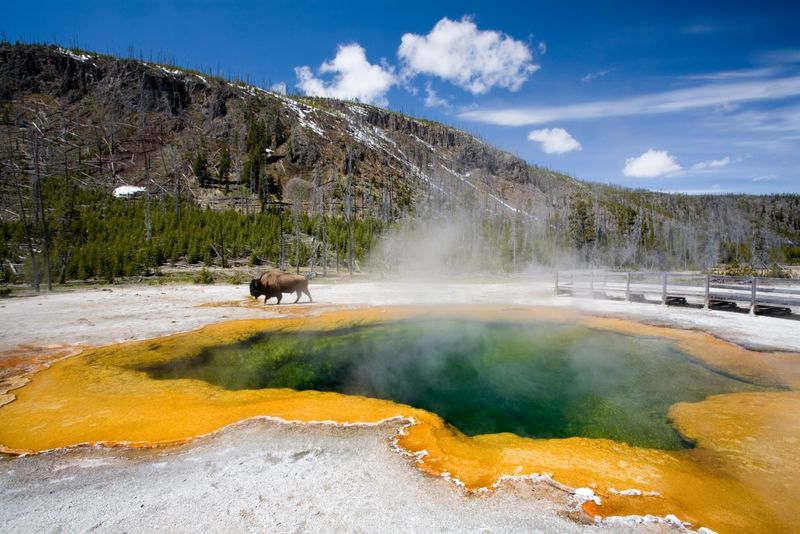
Living atop one of Earth’s largest supervolcanoes doesn’t seem to bother Yellowstone’s bison one bit. They’ve adapted to the park’s unique environment, including its geothermal features and periodic ground tremors.
Scientists study how bison interact with thermal areas, sometimes using them as natural indicators of underground changes. Their movement patterns occasionally shift before minor geological events, suggesting an innate sensitivity to their volcanic home.
11. Ecosystem Engineers
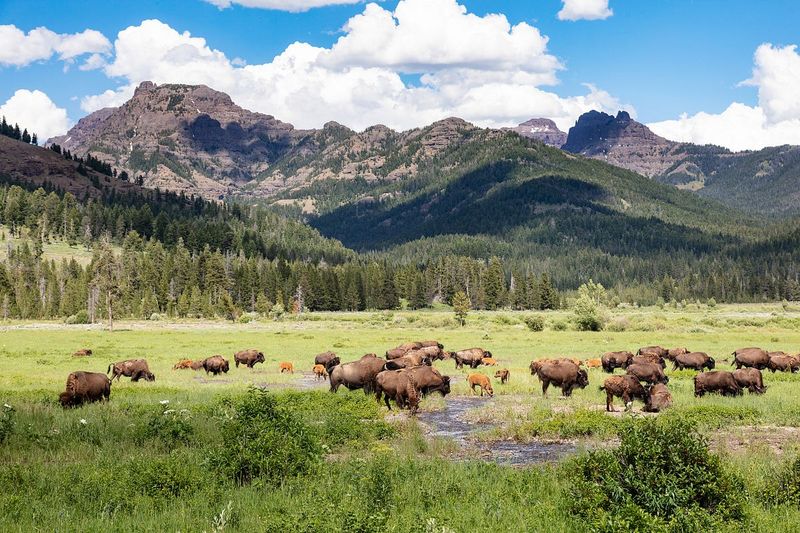
More than just park mascots, bison actively shape Yellowstone’s ecosystem. Their grazing patterns influence plant diversity, while their hooves aerate soil and create microhabitats for smaller creatures.
Bison wallows collect rainwater, forming temporary pools that support amphibians and insects. Even their waste contributes – bison dung fertilizes grasslands and provides food for dung beetles, which in turn feed birds and small mammals.
12. Cultural Icons
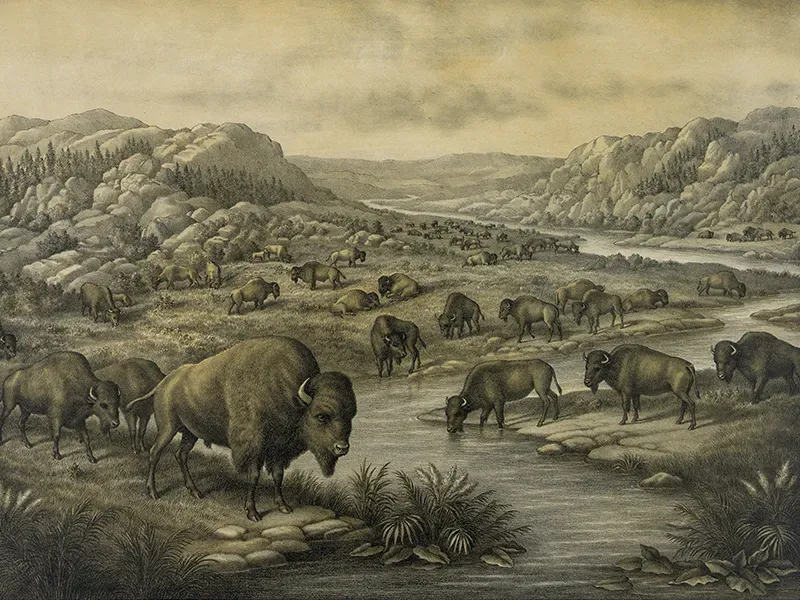
Sacred to many Native American tribes, bison provided food, tools, clothing, and shelter for centuries. The Lakota people called them “Tatanka” – a term of respect reflecting their spiritual importance.
Featured on the National Park Service emblem and the Wyoming state flag, bison symbolize American wilderness. Their image appears on the U.S. Buffalo Nickel (1913-1938), cementing their place in American cultural identity.
13. Seasonal Wanderers

Following ancient migration routes, Yellowstone’s bison move between higher and lower elevations with the changing seasons. Summer finds them scattered across mountain meadows, while winter pushes them to lower valleys.
This natural movement creates conflict when bison cross park boundaries into Montana. Concerns about disease transmission to cattle have sparked ongoing management debates between wildlife advocates, ranchers, and government agencies.
14. Yellowstone’s Celebrities
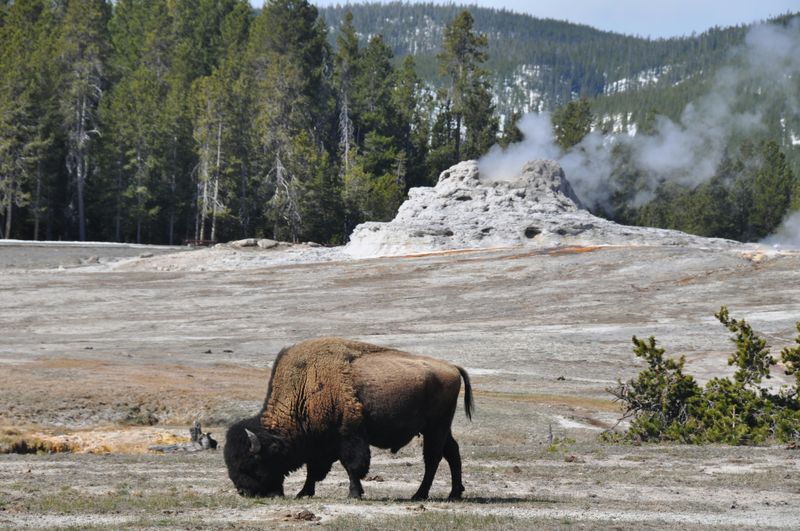
Appearing in countless photographs, documentaries, and social media posts, bison have become Yellowstone’s most recognizable residents. Certain individuals achieve mini-celebrity status among regular visitors and park staff.
One famous bull nicknamed “Old Faithful” (not to be confused with the geyser) was known for his predictable appearances near the visitor center for nearly a decade. These charismatic creatures help connect people to wildlife conservation efforts worldwide.
15. Scientific Treasures

Carrying genetic material unchanged for centuries, Yellowstone’s bison represent one of the few remaining pure herds. Most bison elsewhere have some cattle genes from crossbreeding attempts in the early 1900s.
Researchers study everything from their social structures to their gut microbiomes. Recent discoveries about how bison grazing improves prairie health have influenced grassland management practices far beyond the park’s boundaries.

